While many dentists focus on patient care, overlooking retirement planning can lead to missed financial opportunities. You've got options that not only help you save for the future but also minimize your tax burden. Among these, the Solo 401(k), SEP IRA, and Profit-Sharing Plans stand out as top choices tailored for your profession. Each plan offers unique advantages that could greatly influence your financial strategy, but understanding which one aligns best with your goals is essential. What factors should you consider when maneuvering through these options?
Key Takeaways
- Solo 401(k) allows high contributions up to $69,000 and offers significant tax-deferred growth, ideal for self-employed dentists.
- SEP IRA offers simple setup with tax-deductible contributions up to 25% of income, providing immediate tax benefits and flexibility.
- Profit-Sharing Plans enable sharing practice profits, boosting employee engagement, with contributions up to 25% of salary allowing for combined retirement savings.
- All plans provide immediate tax deductions and tax-deferred growth, enhancing long-term savings potential for both owners and employees.
- Evaluating income and employee participation is crucial for selecting the most beneficial retirement plan tailored to practice goals.
Solo 401(k) Plans

Solo 401(k) plans offer an excellent opportunity for self-employed dentists to maximize their retirement savings. As a high-income earner, you can take advantage of both employee and employer contributions, which allows for significant tax-deferred growth.
In 2024, the employee contribution limit is $23,000, and if you're 50 or older, you can add a catch-up contribution of $7,500. This means you could potentially contribute up to $69,000 or $76,500 if you're eligible for catch-up contributions.
Contributions are made on a pre-tax basis, reducing your taxable income. Plus, with no nondiscrimination rules, you enjoy contribution flexibility that many other plans lack, making the Solo 401(k) a formidable defined contribution plan for effective retirement planning.
SEP IRA
If you're looking for a flexible retirement savings option, a Simplified Employee Pension (SEP) IRA might be the perfect fit for your dental practice.
With a SEP IRA, you can contribute up to 25% of your income, or a maximum of $66,000 for 2023, making it an attractive choice for dental practitioners. These contributions are tax-deductible, providing immediate tax benefits while allowing for tax-deferred growth until withdrawal.
Setting up a SEP IRA involves minimal paperwork and no annual filing requirements, perfect for busy practices. By contributing the same percentage for all eligible employees, you can enhance employee retention and satisfaction, creating a happier workplace.
Consider a SEP IRA for an effective way to secure your and your team's retirement!
Profit-Sharing Plans

Building on the flexibility offered by a SEP IRA, profit-sharing plans present another compelling option for dentists looking to enhance retirement savings for themselves and their employees.
These plans allow you to share a portion of your practice profits with your team, bolstering employee engagement and loyalty.
With flexible contributions, you can adjust your contributions based on annual profits, contributing up to 25% of each employee's salary or $66,000 for 2023.
Plus, you can combine profit-sharing plans with other retirement plans, maximizing your overall contribution limits.
The tax advantages are significant, providing tax-deferred growth on contributions until withdrawal, making profit-sharing a smart piece of your retirement strategy.
It's a win-win for you and your employees!
Frequently Asked Questions
What Is the Retirement Plan for a Dentist?
When considering retirement planning, you should evaluate your dentist income, practice ownership, and savings goals. Consult financial advisors to explore investment strategies that address tax implications and future healthcare costs as you approach retirement age.
What Are the 4 Main Types of Tax Advantaged Retirement?
You should consider four main types of tax-advantaged retirement accounts: 401(k) options, SEP IRAs, Solo 401(k)s, and defined benefit plans. Each offers unique contribution limits, tax deductions, and investment strategies for effective retirement planning.
How to Save for Retirement as a Dentist?
To save for retirement as a dentist, explore retirement savings strategies like tax-advantaged accounts. Focus on budgeting for retirement, understanding investment options, and considering dental practice valuation and succession for thorough dentist financial planning.
What Is the Average Retirement Savings as a Dentist?
You're not alone if you're wondering about retirement savings; many dentists aim for $500,000 to $1 million. Effective financial planning, including expense tracking and investment options, is essential as you approach retirement age.
Conclusion
In the world of dentistry, planning for retirement doesn't have to feel like steering through a maze. By choosing a Solo 401(k), SEP IRA, or Profit-Sharing Plan, you can build a financial future that shines as brightly as your patients' smiles. Each option offers unique advantages, allowing you to tailor your approach to fit your practice's needs. So take charge, explore these plans, and watch your retirement savings grow, like a well-tended garden flourishing under the sun.


